Learning More About the Children Services Division
of the Department of Job And Family Services of Montgomery County, Ohio
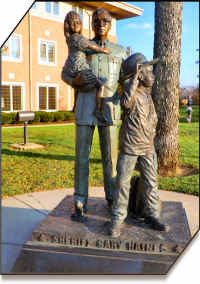 On Thursday, October 18, 2012, I had the opportunity to visit the Haines Children’s Center located at 3304 North Main Street, Dayton, Ohio, to meet with Ann Stevens, Public Information Coordinator of the Montgomery County Department of Job and Family Services, and Geraldine Pegues, Assistant Director of the Children Services Division. My mission was to learn more about the agency and the services it provides to the community so that I could complete a Family Blog Article for publication on the Ohio Family Law Blog.
On Thursday, October 18, 2012, I had the opportunity to visit the Haines Children’s Center located at 3304 North Main Street, Dayton, Ohio, to meet with Ann Stevens, Public Information Coordinator of the Montgomery County Department of Job and Family Services, and Geraldine Pegues, Assistant Director of the Children Services Division. My mission was to learn more about the agency and the services it provides to the community so that I could complete a Family Blog Article for publication on the Ohio Family Law Blog.
The Haines Children’s Center, completed in 2001 and named in honor and memory of now-deceased Sheriff Gary Haines, is located on the grounds of the former Shawen Acres, the site of ten (10) cottages which was one of the first children’s homes in Ohio. The cottages, built in 1926/1927, are now being razed with plans to have some green space and park services available for the North Main Street Community. Ms. Stevens was quick to point out to me that the slate tiles from the cottages are being salvaged and saved to be used for … Read More... “Children Services In Dayton, Ohio: Haines Children’s Center”

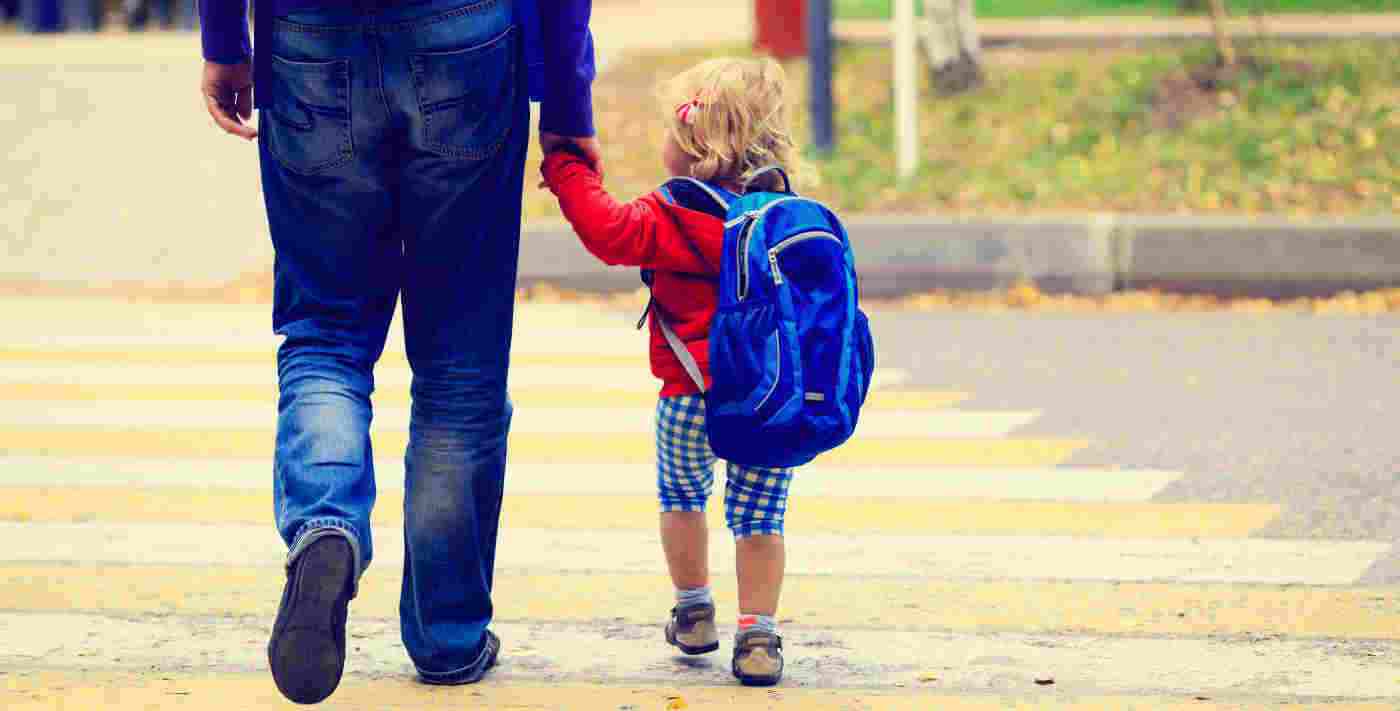
 A recent study identifies the nation’s most dangerous traffic intersection. It’s at Flamingo Road and Pines Boulevard in Pembroke Pines, Florida. The insurance company’s engineer who compiled the report notes that the intersection meets appropriate design standards and is regulated by traffic lights. He said traffic volume and driver error were two important factors in the high number of crashes.
A recent study identifies the nation’s most dangerous traffic intersection. It’s at Flamingo Road and Pines Boulevard in Pembroke Pines, Florida. The insurance company’s engineer who compiled the report notes that the intersection meets appropriate design standards and is regulated by traffic lights. He said traffic volume and driver error were two important factors in the high number of crashes.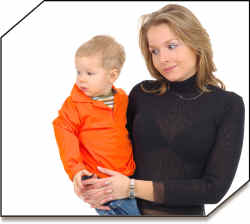 When you are going through a divorce, keeping your children’s well-being in the forefront of your mind is critical. Whether the children ultimately have an experience that is traumatic or manageable is a direct result of how well their parents’ behave. Some parents even stay together “for the sake of their children” but their behavior is so appalling that the kids beg their parents to split up. Whether you stay together or not, your children learn from and emulate your behavior. You are role models for healthy relationships.
When you are going through a divorce, keeping your children’s well-being in the forefront of your mind is critical. Whether the children ultimately have an experience that is traumatic or manageable is a direct result of how well their parents’ behave. Some parents even stay together “for the sake of their children” but their behavior is so appalling that the kids beg their parents to split up. Whether you stay together or not, your children learn from and emulate your behavior. You are role models for healthy relationships.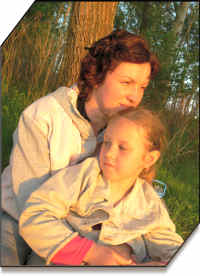

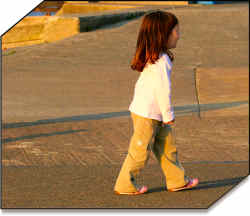 The National Runaway Switchboard reports that between 1.6 and 2.8 million youth run away each year. It also reports that there has been “a significant increase in the number of crisis calls identifying abuse or neglect as a reason for the call, with abuse calls up 33 percent and neglect calls up 54 percent between 2005-2008″ (National Runaway Switchboard Crisis Caller Trends, 2009, p. 2).
The National Runaway Switchboard reports that between 1.6 and 2.8 million youth run away each year. It also reports that there has been “a significant increase in the number of crisis calls identifying abuse or neglect as a reason for the call, with abuse calls up 33 percent and neglect calls up 54 percent between 2005-2008″ (National Runaway Switchboard Crisis Caller Trends, 2009, p. 2).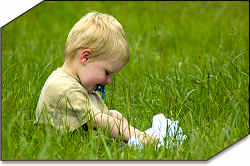 Most of us are familiar with Child Protective Services, or CPS. CPS, or an agency with a similar name, is the agency in each state that has assumed the task of protecting our kids from abuse or neglect by adults, especially their own parents. A recent study explained in the October 2010 issue of
Most of us are familiar with Child Protective Services, or CPS. CPS, or an agency with a similar name, is the agency in each state that has assumed the task of protecting our kids from abuse or neglect by adults, especially their own parents. A recent study explained in the October 2010 issue of